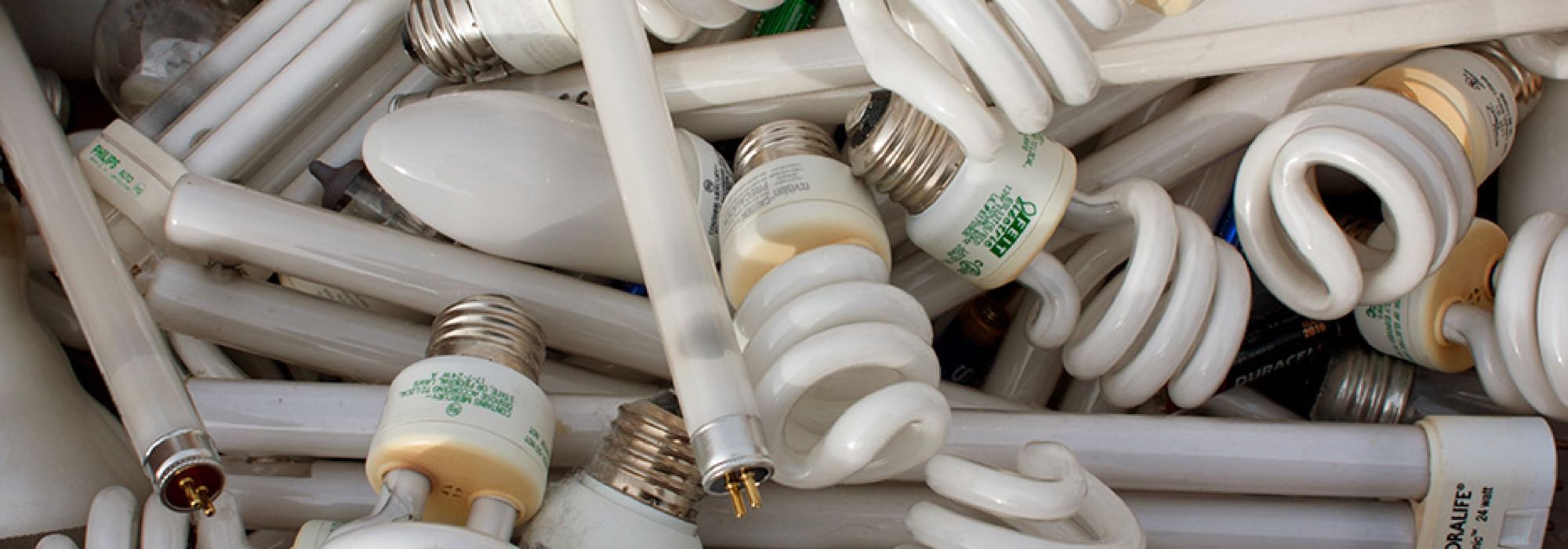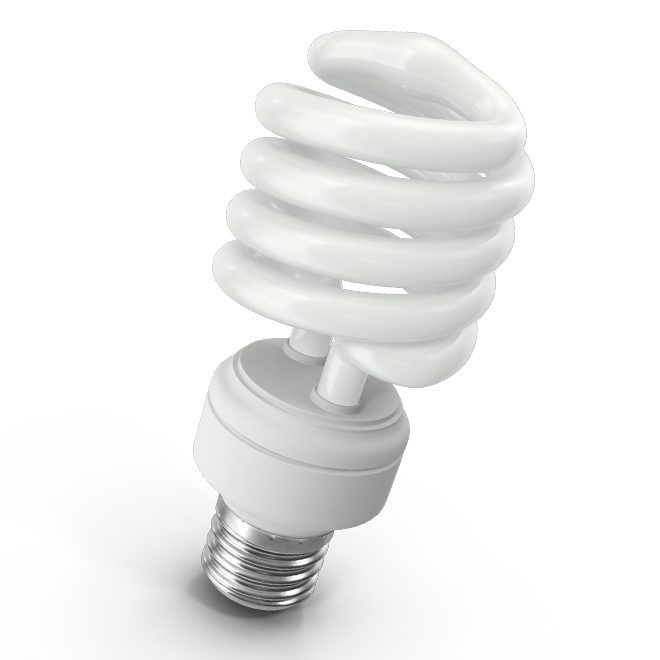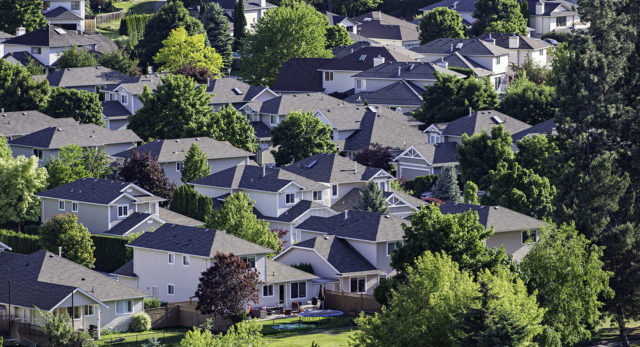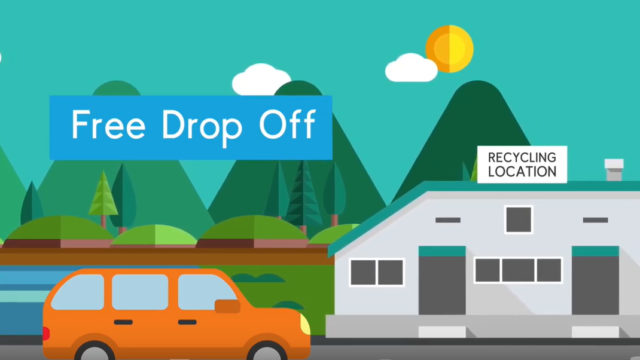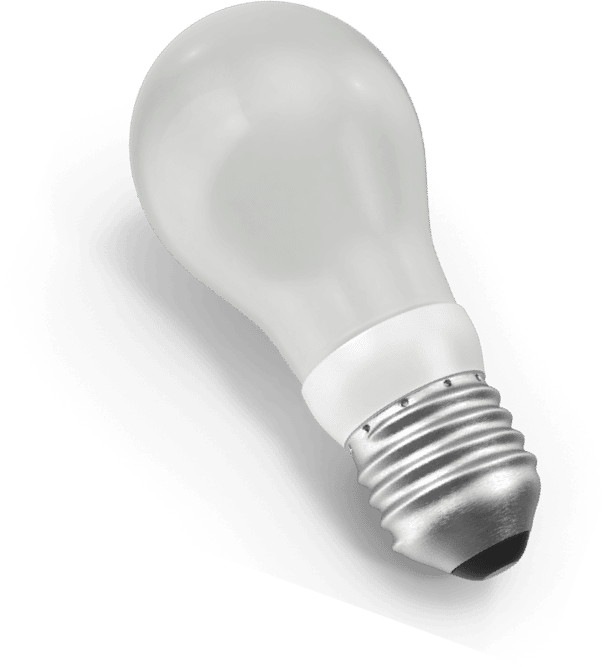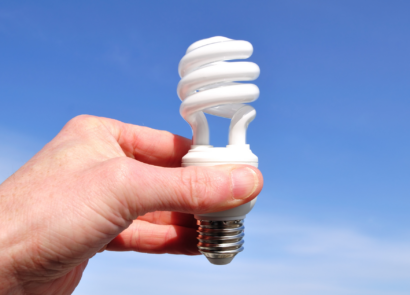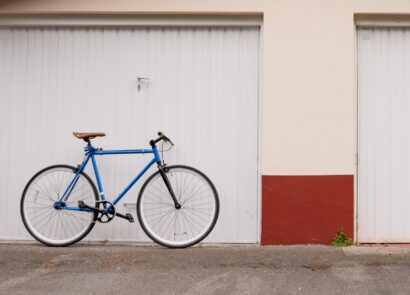About Light Recycling
We make it easy for you to safely recycle your burnt out or unwanted light bulbs and tubes by providing free drop-off.
Accepted products vary by province, please visit your province’s page for details. Drop-off locations may include recycling centres, bottle depots, and retail stores.
Previously known as LightRecycle, our light recycling program was established in British Columbia in 2010 in response to recycling regulations and requirements for mercury-containing bulbs in Canada. The program has since expanded to Manitoba, Quebec, and many other provinces.
